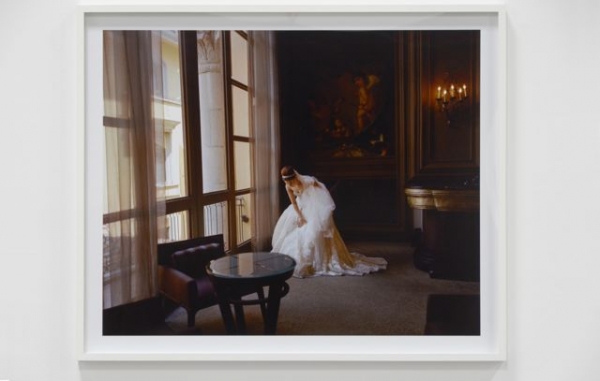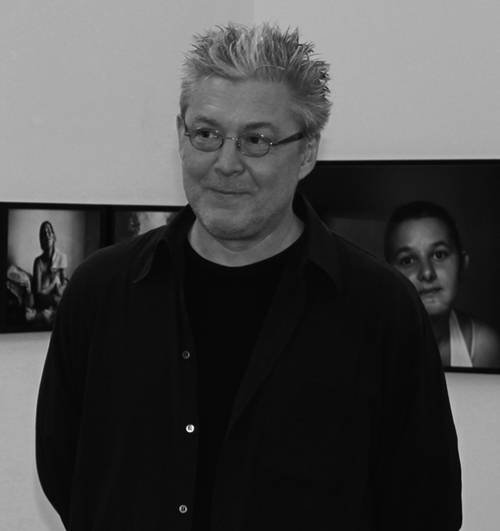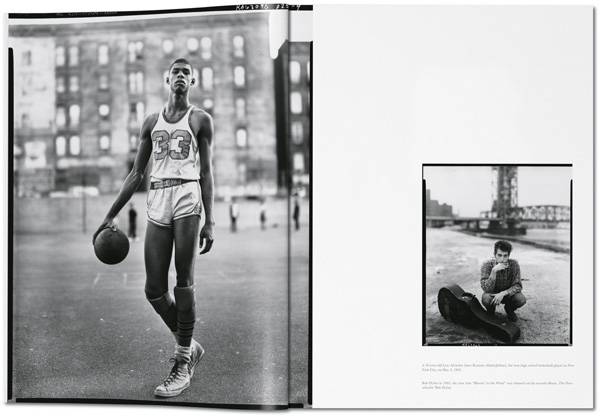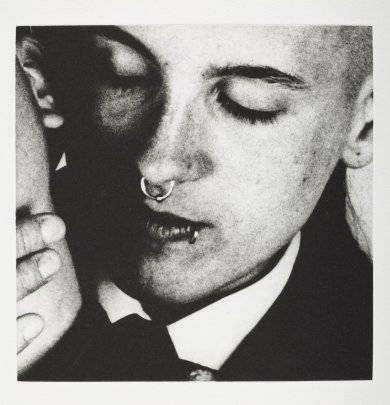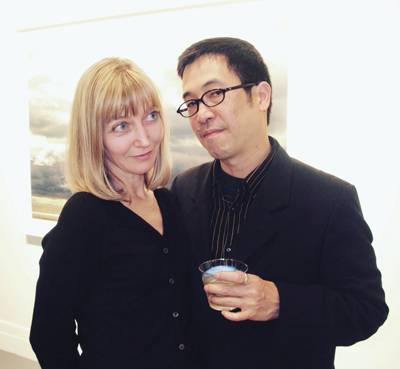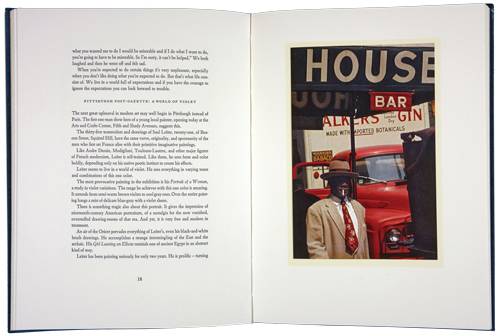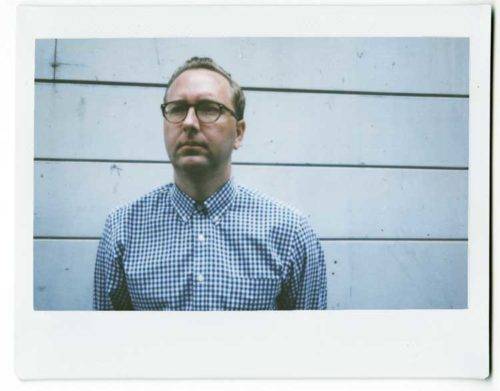António Gonçalves Pedro’s biography seems unremarkable. Born in 1927, he spent most of his life in Mora, a sleepy agricultural town south of Lisbon. Married with two sons, he eventually owned the local drugstore where he had worked as a young man, supplementing his income as the town photographer.
Photography had become his lifelong passion by the time he won the lottery, and he used the prize money to open his Studio Fotográfico and black-and-white lab in Mora.
For 50 years anyone in or near Mora who needed a picture for official or personal use would visit the studio. Pedro also photographed picnics, dances, weddings, and funerals. He took his camera to remote villages near Mora, making portraits against the plain backdrop of a portable movie screen. He operated his Studio Fotográfico until his death in 1999, and while his sons continue to run the drugstore to this day, they closed his studio.
In 1999, when Luis Vasconcelos, a prominent Portuguese photographer and editor, saw one of Pedro’s photographs of his two sons hanging in the drugstore they owned, it marked the beginning of an obsession — and of a treasure hunt that led, in 2000, to the discovery of more than 100,000 negatives, stored in crates and bags, in Pedro’s house. With infinite dedication Vasconcelos edited, digitized, and printed the best of those pictures.
With the help of his wife, Teresa, the support of friends, and funds from the town of Mora, Vasconcelos then set out to publish a book of António Gonçalves Pedro’s superb photographs. The wonderful António Gonçalves Pedro Fotógrafo Mora was published in 2003 by the Mora Chamber of Commerce.
Pedro’s eye — and his love of the medium — came naturally. He was self-taught; he did not know the work of August Sander, Disfarmer, or Walker Evans. The composition and framing of his pictures are oddly contemporary and his use of props, wedding veils, and dogs, is playful and ahead of his time. A gregarious man, he connected easily with his subjects, creating pictures that are warm, witty — and a touch surreal. They memorably document small-town life more than a half-century ago.

